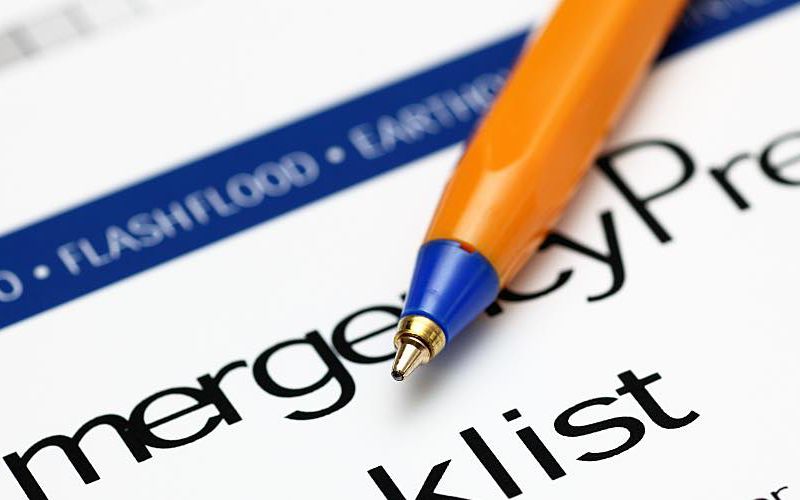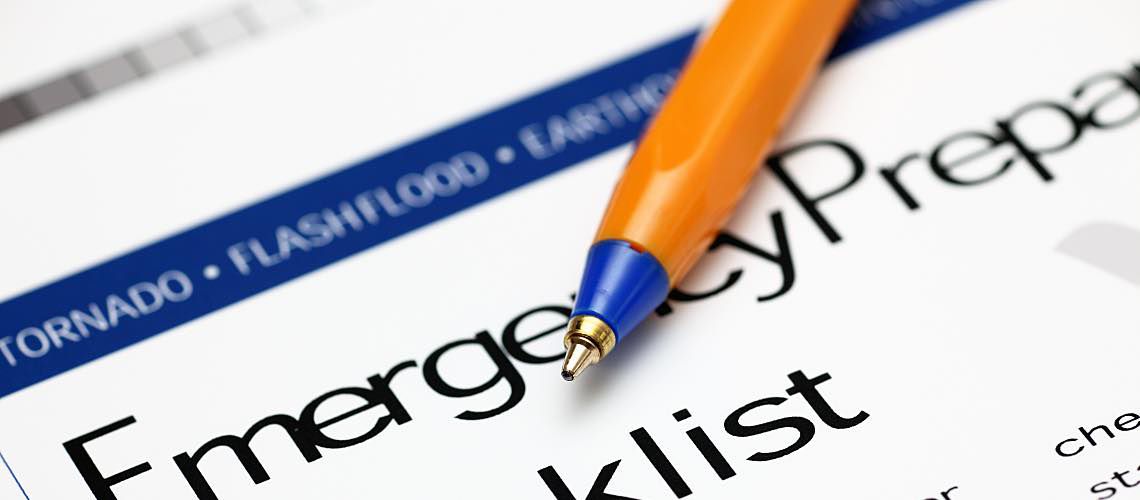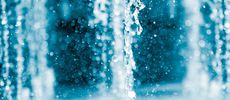Planning for a Natural Disaster and Mending Water Trust in Paradise, California


In a time when a natural disaster such as increased heavy precipitation or drought can impact drinking water, wastewater, and stormwater systems more than ever, water utilities and researchers can serve as reliable sources of information on the ways weather can affect their clients.
A year after a 2018 wildfire mostly destroyed the town of Paradise, California, researchers reported the results of tap water testing to local homeowners. The team, from the University of California, San Francisco; Cary Institute of Ecosystem Studies; and others summed up their work in a January 2022 research study.
Here's how households affected by the Paradise fire received water testing results and how other water labs and utilities can glean new ways to prepare or respond.
Communicating Water Concerns After a Natural Disaster
After the Paradise fire, a state agency and local water utilities detected volatile organic compounds (VOCs) in Paradise service lines at levels exceeding U.S. Environmental Protection Agency (EPA) standards. VOCs detected included benzene, naphthalene, and toluene, which may have been released by fire-heated plastic pipes.
Public testing did not include private property, but a Paradise-area water utility issued a "do not drink/do not use" advisory around a month after the fire, when some residents returned to homes that were still standing. The research team responded to community concerns with support from the National Institute of Environmental Health Sciences (NIEHS)'s Disaster Research Response Program.
Eleven months after the fire, analysts began collecting tap water samples from 136 homes in the Paradise area. The team surveyed residents and collected samples to analyze potential exposures and health risks. They also evaluated concentrations of more than 100 VOCs and gathered information to help explain contamination sources.
Studying the Community Impact of Contamination
The first research challenge was finding participants. Study candidates were recruited in several ways, including:
- Community meetings.
- Flyers at local businesses.
- Social media.
- Email outreach.
- Communication through local and state boards and foundations.
- Local newspaper articles.
- Door-to-door canvassing.
Next, the researchers' goal was to communicate individual water results in a way that was understandable, scientifically accurate, and useful to participants.
In their initial contact with residents, the research team followed best practices in crisis communication, which include:
- Timeliness and urgency.
- Simple messages and repetition.
- Factual accuracy and credibility.
- Empathy and honesty.
- Flexibility in a dynamic situation.
While these parameters have long been used to talk to victims of natural disasters during a crisis situation, the California team explains how they are also relevant after the fact, including while returning test results and informing residents about chemical contamination.
For example, the team focused on timeliness by returning results no later than 2-3 weeks after testing. They used consistent messaging and multiple channels of communication. Finally, researchers aimed to create a personal connection with research participants to foster empathy and trust.
Presenting the Data After a Disaster
With each household's customized report, the team provided fact sheets on potential contaminants. Ninety of 135 households responded to a March, 2020 survey of Paradise participants. A majority reported that they generally found individual results "understandable" and "useful," and participants ranked their level of confidence in the results as 8.7 out of 10 on average.
Factors that inspired confidence included the affiliations of the project team and interactions with the study team. Over three-quarters of participants (77%) felt that the written results packets and tips were helpful.
How Water Labs Can Prepare for a Natural Disaster
So, what can water labs take away from the Paradise community research? Besides empathetic and efficient communication on the effects of a natural disaster, planning ahead is key. Whether it's fire or flood, utilities should be equipped to handle service disruptions based on the natural disasters likely to occur in their area.
Create a Contingency Plan
Water systems should administer policies and procedures for post-flood and/or post-fire repairs. Update your planning efforts regularly to remain aligned with any changes in utility services or assets. For example, the EPA reports how Iowa City, Iowa closed a vulnerable wastewater facility to minimize service disruptions.
Consider Climate Change
Some of the extreme events considered in emergency response plans (ERPs) may change in their frequency or intensity due to climate change. It may be necessary to expand established plans to respond to a wider range of possible events.
Plan for Drought
Because drought leads to severe pressures on the water supply, contingency plans may include using alternative water supplies and adopting water use restrictions for households, businesses, and other users. Update plans regularly to ensure they remain appropriate for current operations and assets.






